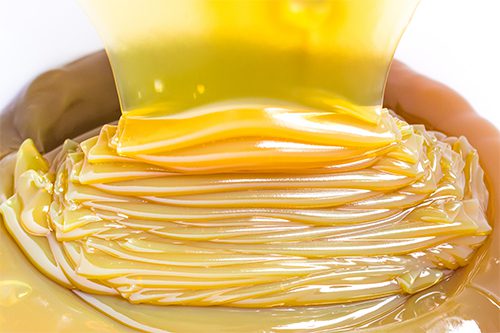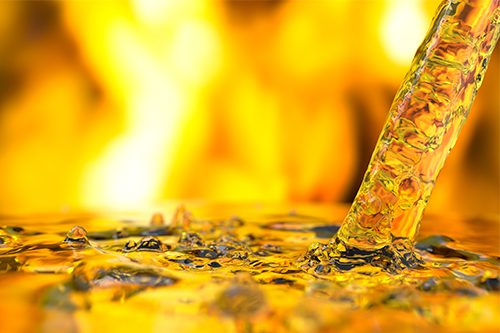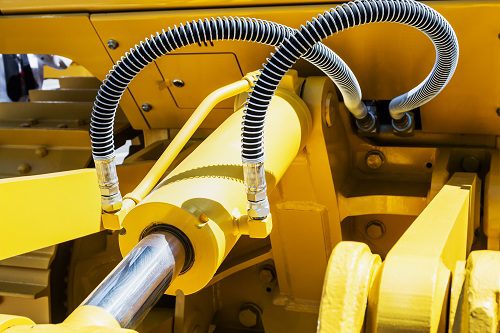Mining Company Extends Component Life with Shell Lubeanalyst
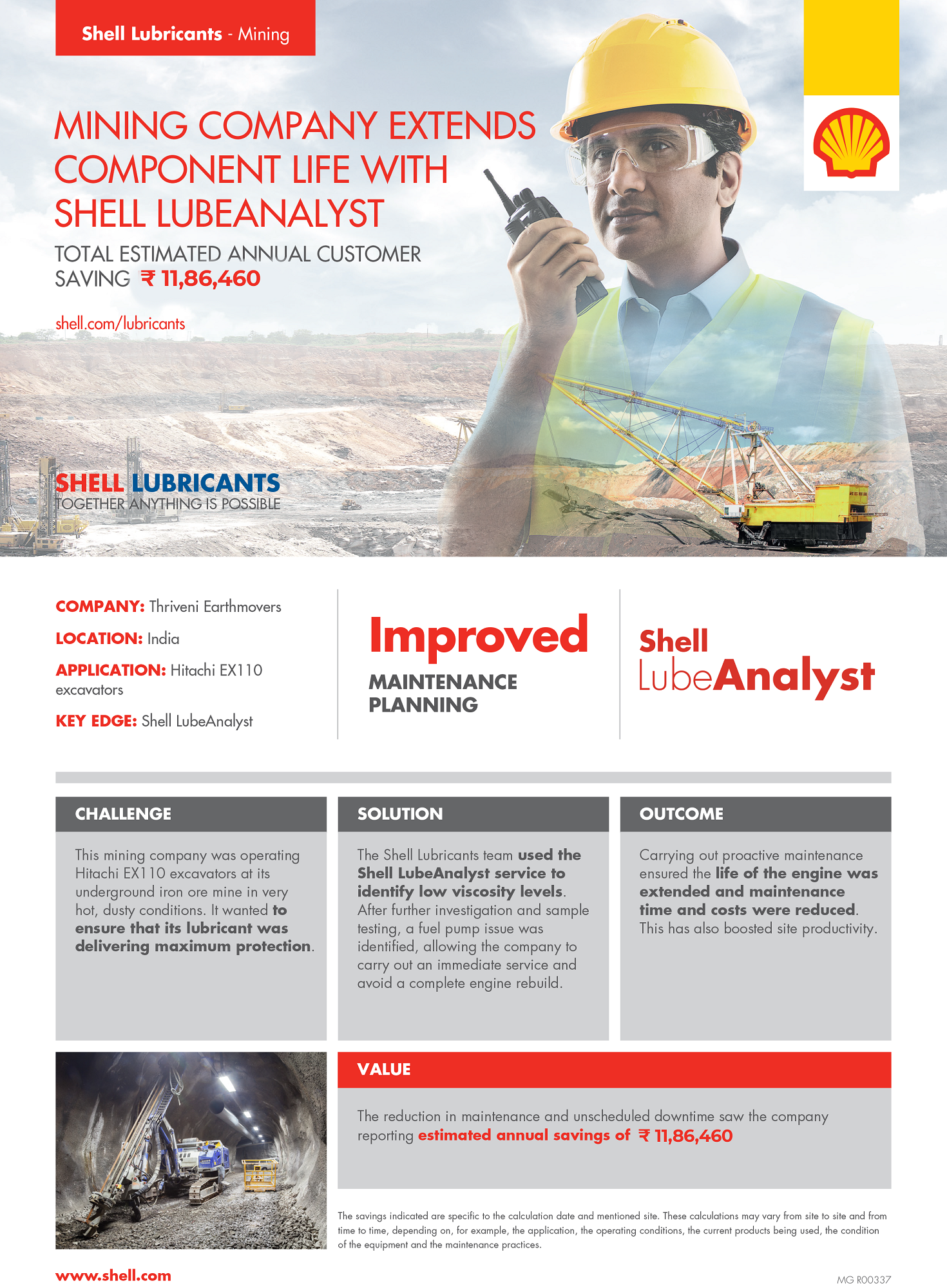
Mining Company Extends Component Life with Shell LubeAnalyst
CHALLENGE – To ensure that its lubricant was delivering maximum protection.
Solution – Shell Lubricants team used the Shell LubeAnalyst to identify low viscosity levels. After further investigation and sample testing, a fuel pump issue was identified, allowing the company to carry out an immediate service and avoid a complete engine rebuild.
Outcome – Carrying out proactive maintenance ensured the life of the engine was extended and maintenance time and costs were reduced. This has also boosted site productivity.

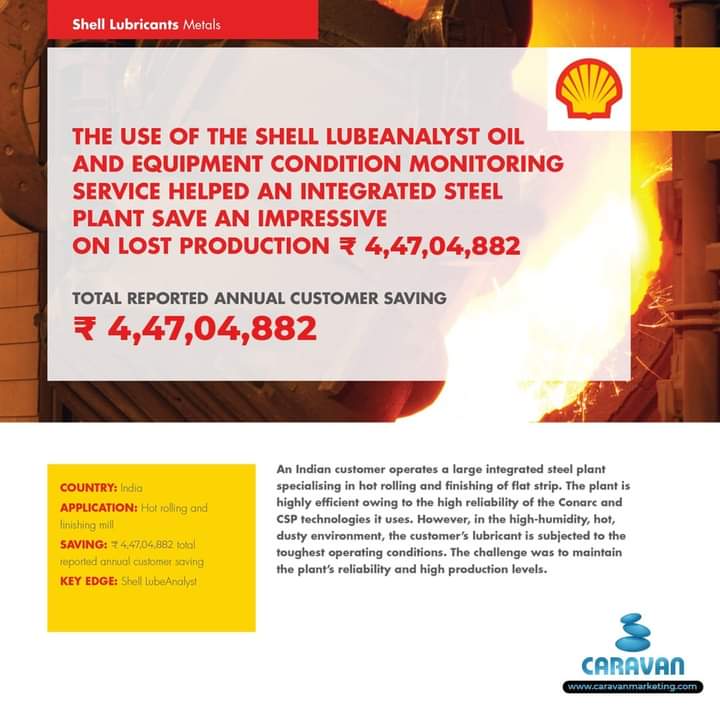

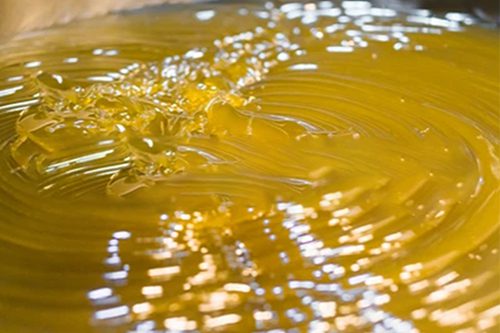
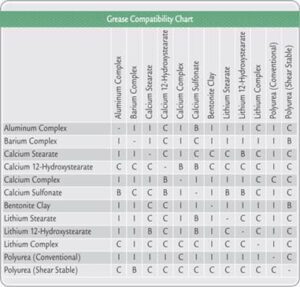 Note that the Grease Thickener compatibility needs to be tested Before shifting from existing grease. The table below shows the compatibility of the Grease Thickeners.
Note that the Grease Thickener compatibility needs to be tested Before shifting from existing grease. The table below shows the compatibility of the Grease Thickeners.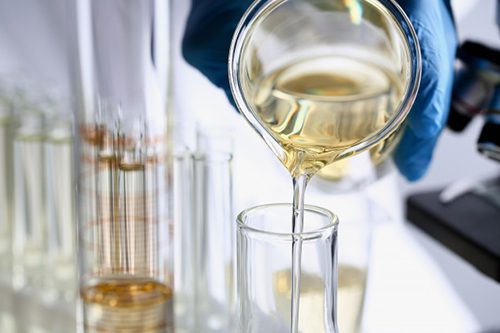
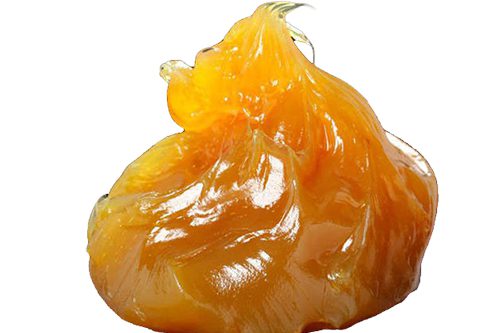
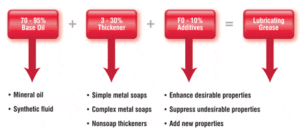 Thickener
Thickener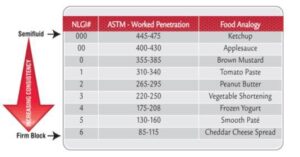 Additives
Additives